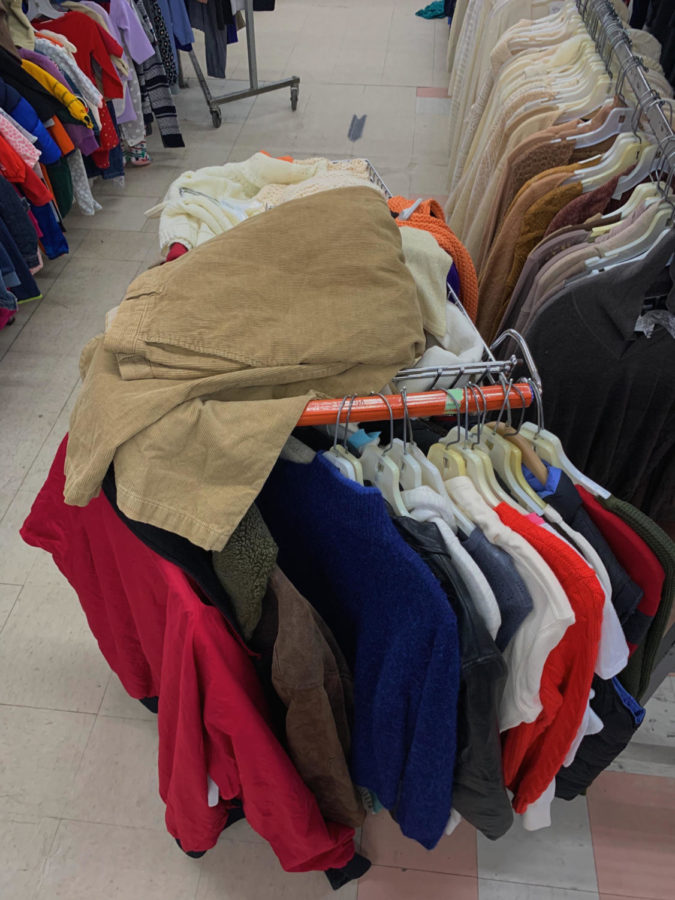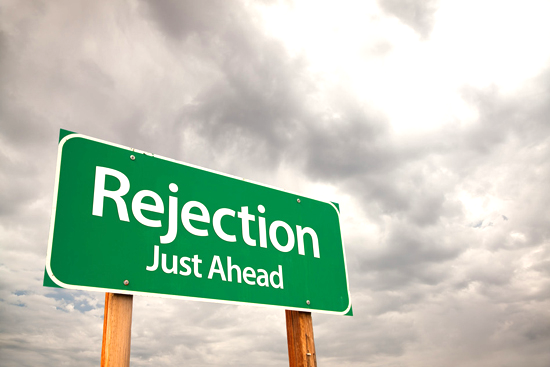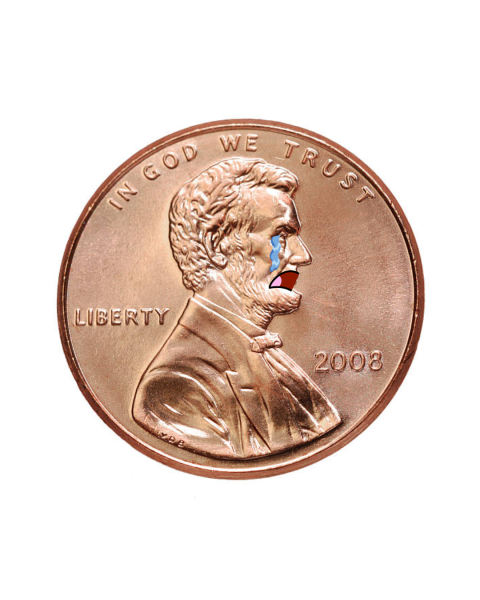Resellers Contributing to the Gentrification of Thrift Stores
In 2022, it’s almost impossible to go on the internet and not see a popular YouTuber or Tik Toker posting a “thrift haul,” where they’re rummaging through a huge stack of clothes bought at a second hand store, such as Goodwill, for low thrift prices.
Thrift shopping, more commonly known as “thrifting”, has grown tremendously in popularity due to its sustainability and “vintage” look. Society has gone from being embarrassed to be caught in a thrift store, to posting hauls of what they got on social media platforms. Even I have fallen subject to thrifting with friends on the weekends at my local Goodwill or thrift shop.
Although most people who shop at thrift stores are buying for themselves, thrifting to resell has also grown in popularity.
Resellers are people who shop at thrift stores and purchase as many desirable pieces they can for the low thrift store prices. Then, post these items on platforms for reselling such as Depop with marked up prices almost doubling what they paid for it because they brand the pieces as “retro”, “vintage”, or “y2k”.
While it’s fair that a small service fee would be in place when things are resold, selling items for doubled prices or even hundreds of dollars is simply unreasonable and harmful to people who thrift based on need.
This purchasing for the purpose of reselling is contributing to the gentrification of thrift stores by making clothes inaccessible to working class people who shop at thrift stores because they can’t afford anything else.
Thrift store owners are aware of resellers and know that they will pay more for clothes because they make a profit either way, encouraging thrift prices to rise.
According to Goodwill Valuation Guides more price ranges are put into places rather than a flat price in the stores. The upper end of the range for 2020 is usually three times as much as the 2010 flat base price was.
Despite common belief, this is not a demand issue. Thrift stores are overflowing with clothes and according to the Goodwill Valuation Guides only about 20 percent of clothes donated to thrift stores are actually sold.
The issue here is that Goodwill corporations are aware of resellers and how much thrifted clothes can go for on reselling platforms. Due to this, corporations will take advantage of this opportunity and try to maximize their profits, therefore prices are marked up knowing that resellers will pay these prices, yet the working class is left in the dust.
This is how thrift shopping is becoming inaccessible to the working class, people that thrift based on need. And it’s not only resellers that contribute to thrift-based problems.
All of these “massive thrift hauls” clickbait on Youtube and Tik Tok by your favorite creators promote overconsumption not just at thrift stores but in shopping in general where there’s not a huge surplus of clothes to go around. Not to mention the harmful effects that overconsumption has on the environment.
Although these things are problems, I’m not entirely blaming the gentrification of thrift stores on resellers. The corporate greed of Goodwill companies is what is really taking the action of raising the prices.
In my opinion, there needs to be a real reality check for thrift stores. They need to remember what thrift stores are actually put in place for, providing affordable clothing to the working class, not maximizing profits off of teenagers reselling their “vintage” clothes.
Also, seeing that according to Comparibily statistics the most compensated executive of Goodwill makes around 652 thousand dollars a year, they don’t need to be up charging in thrift stores.
So, while there’s enough clothes to go around at thrift stores for lower class people and teens participating in thrifting, it’s important that we remember what thrift stores were originally established for- helping the working class provide for themselves and their families.




